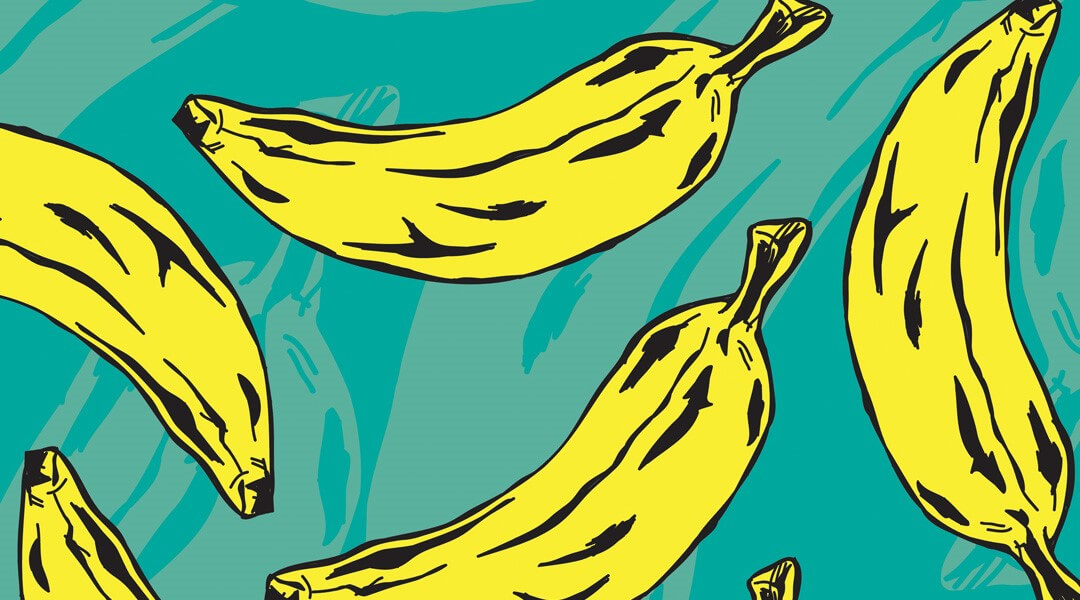Did you know the Warhol Museum has FREE ADMISSION through August? Did you also know it’s the largest collection of Warhol art and archives, and it’s the largest museum devoted to a single artist in North America?
Housed within are Warhol’s paintings, drawings, commercial illustrations, sculptures, prints, photographs, wallpapers, sketchbooks, films and audio projects. One such exhibit explores Warhol’s music collaborations with Nico and the Velvet Underground. Check out this previous blog by CLP staff that delves into the details.
How did a Pittsburgh boy with working class roots end up rubbing elbows with such eclectic people as VUG, not to mention Basquiat, Bob Dylan, Debbie Harry, and Fran Liebowitz, to name just a few of the luminaries who flocked to The Factory?
Warhol(a) was born August 6, 1928 to immigrant parents, devout Catholics from the Carpathian region. His childhood was marked by poverty, as well as a neurological disorder that often kept him from school. Drawing became young Andy’s comfort, then talent, and later, his ticket to fame.
By the time he hit New York, his introspective nature limned his commercialism work, and Warhol was in demand. Money from advertising gigs allowed him to explore his individual ideas about art, artistry, and expression. In time, Warhol’s unique perspectives and idiosyncratic personality would take the world by storm.
Why does Warhol’s presence still loom large, even 35 years after his death? The answer lies somewhere in the fact that Warhol meant—and still means—many things to many people: the local-boy-made-good, the self-made artist, the alchemist of Pop Art.
Genius: Despite his status in pop culture, Warhol mocked the impact celebrity and capitalism had on art. He spat the concepts of “worth” and “quality” back into the face of society through repetitious silk screens of Coke bottles and films like Sleep. The phrase “15 minutes of fame” is attributed to him (apocryphally), a snark on the fleeting and hollow nature of popularity.
Icon: Andy’s mystique was such that David Bowie wrote a fanboy song about him. Bowie played it for Warhol during their first, and only, encounter in 1971. The artist wasn’t impressed, but two eventually bonded—as the story goes—over David’s yellow Mary-Janes.
Enemy: Not everyone was a fan of Andy. Most famously, Valerie Solanas, author of the S.C.U.M Manifesto, shot Warhol in 1968. Solanas, who claimed the artist had “too much control” over her, was later diagnosed with paranoid schizophrenia. Warhol was shot through the stomach, liver, spleen, esophagus and both lungs. He lived another 19 years with physical and mental scars.
Cynic: Warhol once said of death, “I always thought I’d like my own tombstone to be blank. No epitaph and no name. Well, actually, I’d like it to say ‘figment.’” Today, in true Andy idiom, there a 24/7 livestream of his grave in St. John the Baptist Byzantine Catholic Cemetery over in Bethel Park. The project is called “Figment.”
See for yourself why our homegrown hedonist, who was born 95 years ago this month, inspired and inspires such strong emotions. The following booklist is your ticket through Andy Land:
- 3D Warhol: Andy Warhol and Sculpture by Thomas Morgan Evans
- A Is for Archive: Warhol’s World from A to Z by Matt Wrbican
- Andy Warhol: A Retrospective by Andy Warhol
- Andy Warhol’s New York City: Four Walks Uptown to Downtown by Thomas
- “Our Kind of Movie:” The Films of Andy Warhol by Douglas Crimp
- Typex’s Andy: The Life and Times of Andy Warhol by Typex
- Warholcapote: A Non-fiction Invention by Rob Roth
- Warhol’s Working Class: Pop Art and Egalitarianism by Anthony E. Grudin
You can sign up for a free library card here.
If you are new to our eResources, check out these tutorial videos on how to get started.
If you’re looking for more book suggestions, we’re happy to recommend them to you! Use this Book Recommendation form to send us some information about what you like to read and we’ll curate a list just for you.
If you have any additional questions, you can contact a librarian through Facebook, Instagram or Twitter. You can also call us at 412.622.3114 or email us at info@carnegielibrary.org

